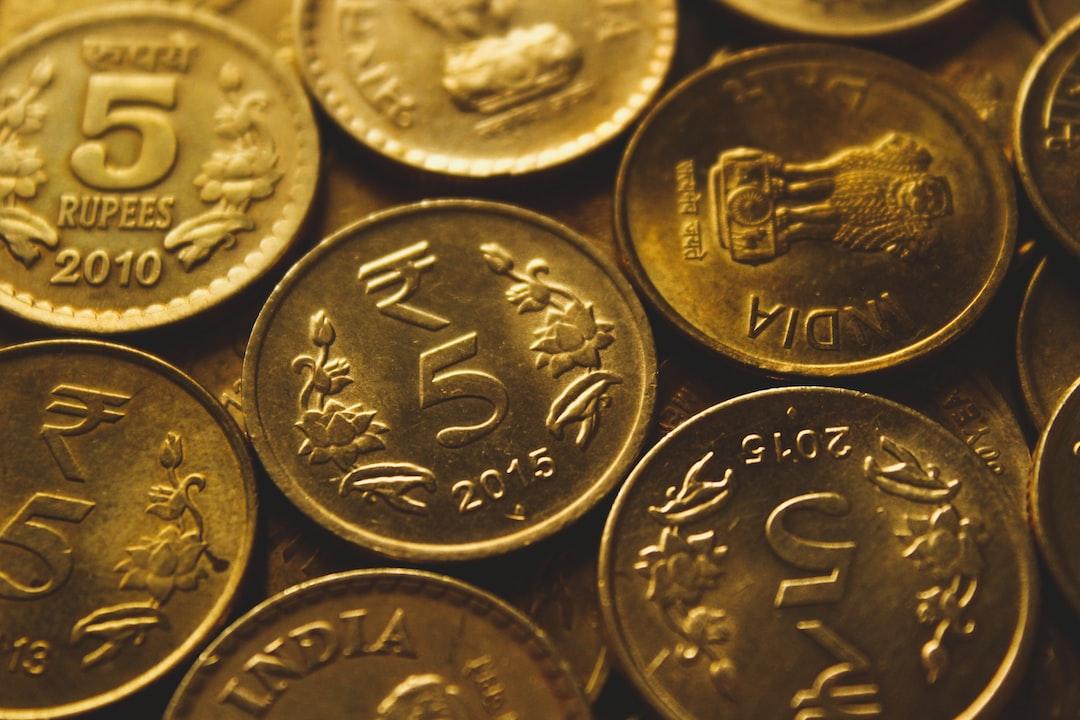Curve Finance recently faced a real-world test of its soft liquidation mechanism during a hacking attempt, which resulted in a 28% drop in the price of its native CRV token.
Despite the significant decline in CRV value, Curve Finance’s liquidation process performed as expected.
According to on-chain data, Curve Finance founder Michael Egorov encountered considerable liquidation pressures on June 13 when the CRV token price plummeted. Egorov’s transaction history revealed efforts to manage his debt positions by carrying out multiple liquidations within a short timeframe, as well as making repayments and withdrawals on various DeFi platforms like Inverse Finance and Curve.fi.
The soft liquidation mechanism is a component of Curve Finance’s Lending-Liquidating Automate Market Maker Algorithm (LLAMMA), designed to prevent the occurrence of “bad debts” that cannot be repaid or liquidated profitably.
The official LLAMMA documentation explains that when a new loan is established, the collateral is distributed into specific bands across the automated market maker (AMM). However, it also acknowledges that positions under soft liquidation or de-liquidation may experience losses due to the selling and buying of collateral.
Despite the successful operation of the protective measures, the market reacted sharply to the incident, with the CRV price experiencing a steep 28% decline in the past 24 hours. This development follows previous coverage by Cointelegraph regarding Curve Finance’s underlying “systemic risks,” particularly related to Egorov’s debt obligations.
It appears that the market is navigating a steep learning curve in response to these events, as highlighted in the discussion about “Bitcoin Layer 2s” and their significance.
Related Posts
Add A Comment

